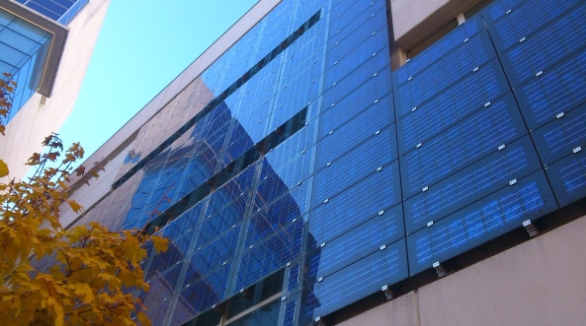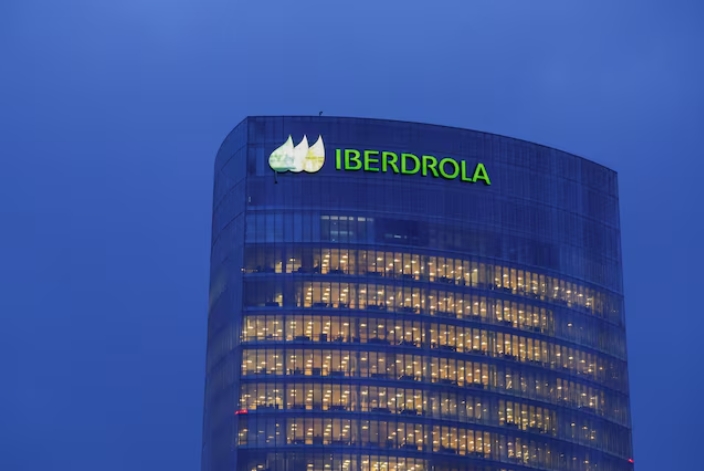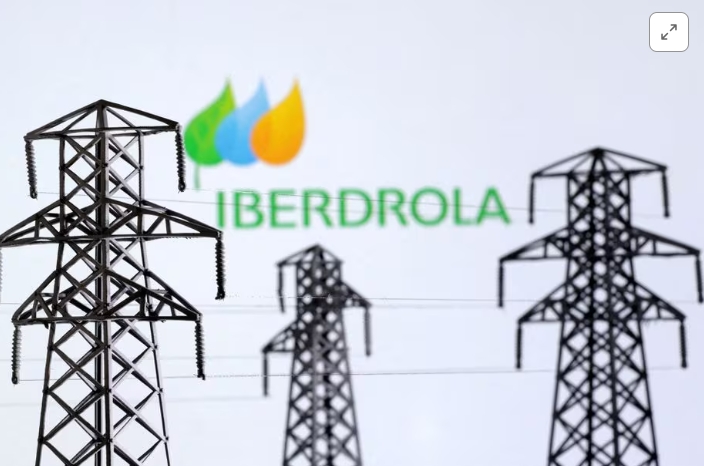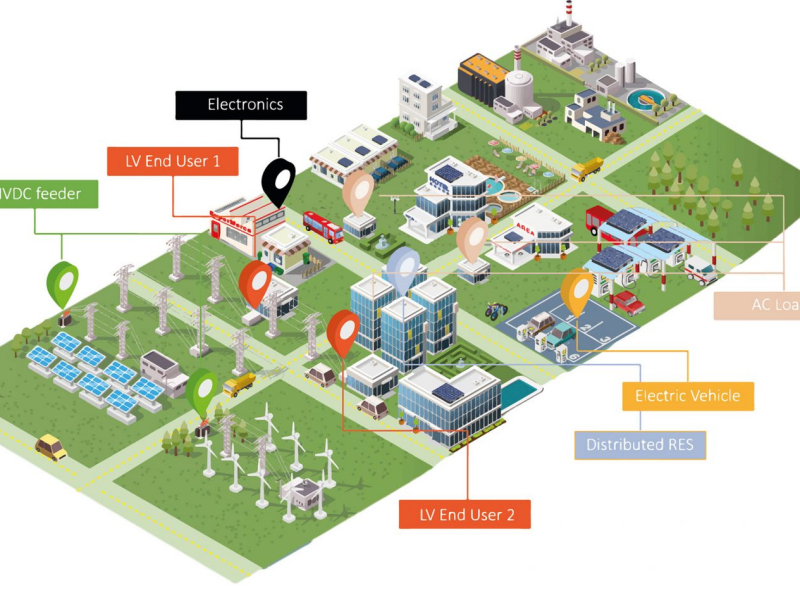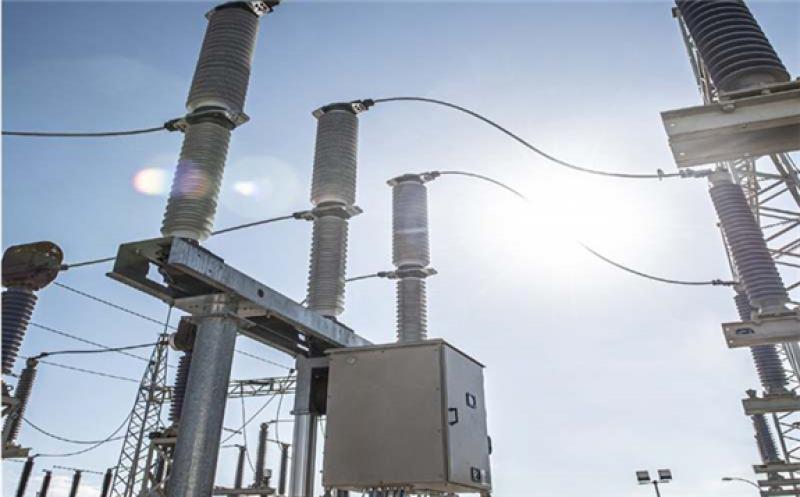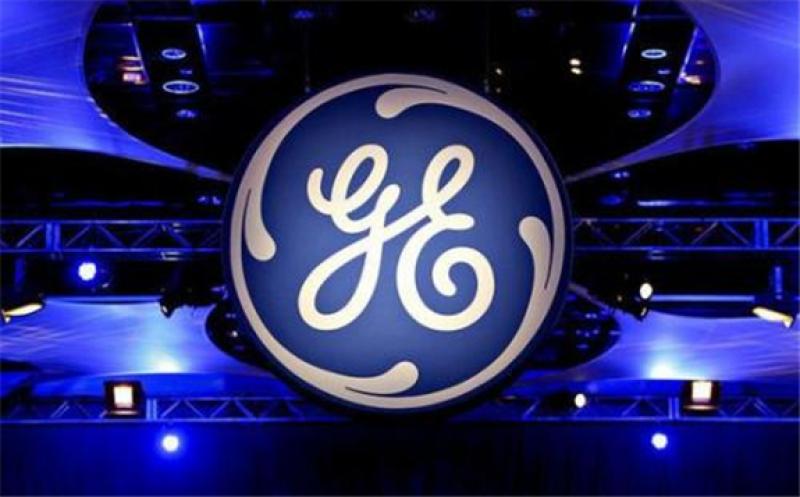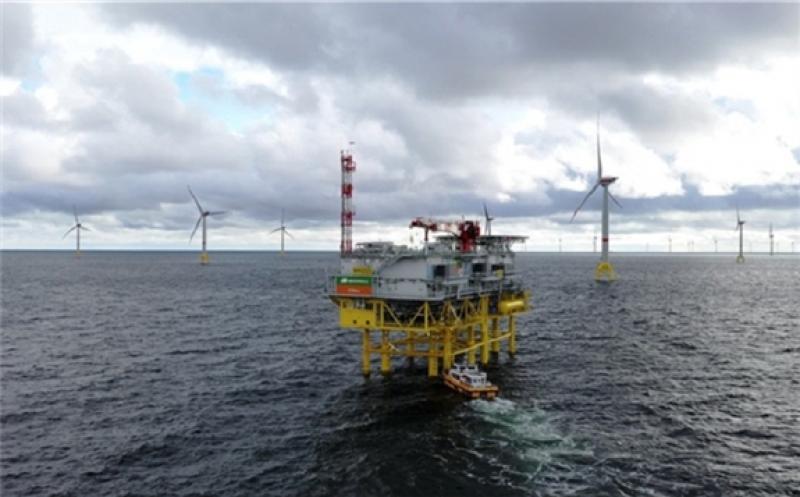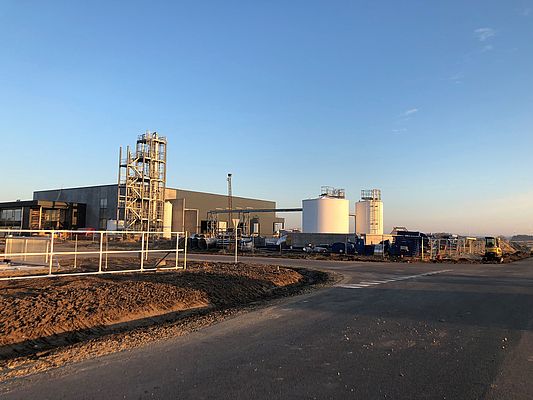
Quantafuel chose Sulzer and its advanced separation technologies to build a revolutionary plant in which even non-recyclable plastic could be turned into car fuel.
It may be difficult to imagine that the empty, non-recyclable plastic container you are about to throw away could be turned into car fuel. Yet, this is exactly the idea behind Quantafuel’s latest solution. To succeed in building the revolutionary plant to achieve this, the company chose Sulzer and its advanced separation technologies to deliver vital components for this ground-breaking solution.
While plastic has many valuable uses, not all types of plastic are recyclable, and we currently lack an effective circular economy strategy for these polymers. Most of the commonly used plastics are not biodegradable and need up to 500 – 1,000 years to decompose. Therefore, any solution that has a significant impact on this situation and helps to reduce the volume of plastic waste is being encouraged.
ADDRESSING TWO ENVIRONMENTAL ISSUES WITH ONE ACT
One extremely promising alternative has been recently developed by Quantafuel, a Norwegian start-up whose mission is turning non-recyclable waste into fuel. The company’s innovative feedstock recycling process converts plastic polymers into hydrocarbons, which can then be used by different downstream industrial processes that currently rely on fossil fuels. By using recycled hydrocarbons to produce fuels and other petroleum-based products, including new plastic materials, it is possible to lessen waste whilst reducing the depletion of natural oil and gas resources.
Quantafuel’s Plastic-to-Liquid (PtL) process starts with a thermal depolymerization, i.e. pyrolysis or gasification, of polyolefin-based plastic, such as polyethylene (PE) and polypropylene (PP). The reaction produces alkanes, which can then be used to distill liquid fuels, as well as secondary products, namely alkenes (or olefins), aromatic compounds and carbon black.
Following this first step, a catalytic process hydrogenates and cracks the secondary products, turning them into useful alkanes. This proprietary catalytic system allows Quantafuel to carefully control the reaction, obtaining over 90% w/w alkanes whilst avoiding any thermal degradation of the substances and production of large volumes of polluting CO2.
The last stage resembles refinery vacuum distillation operations. The alkanes are separated into different hydrocarbon fractions, i.e. diesel (approximately 70% w/w), gasoline (circa 15% w/w) and fuel oil (approximately 5% w/w), that can be used by a number of industries.
UNITING TWO COMPANIES WITH ONE GOAL
The feasibility of this revolutionary process was first tested in a pilot plant located in Mexico under batch conditions and it proved to be successful. Therefore, Quantafuel decided to set up its first of many full-scale plants for continuous processing in Skive, Denmark. To do so, it required a reliable partner that would supply suitable fractionation equipment whilst allowing Quantafuel to focus on other aspects of its business. Sulzer, the leader in separation and mixing technology, was immediately found to be the ideal solution.
Thanks to Sulzer’s extensive knowledge and expertise in mass transfer solutions for the oil and gas sector, as well as its global network of manufacturing centers, the company has a proven track record of delivering high-quality technologies in a timely manner.
Speed to market was particularly crucial for Quantafuel, therefore Sulzer needed to ensure responsiveness and time efficiency, despite the long manufacturing lead times for different pieces of separation equipment. To succeed in this challenge, Sulzer mobilized its manufacturing sites around the world and adopted a skid-mounted design for the distillation unit. Sulzer has mastered this time- and cost-efficient modular construction method and has erected over 250 high-quality units globally. Thanks to its expertise in this practice, Sulzer was able to complete the installation in less than 10 months.
Quantafuel was extremely satisfied with the quick turnaround time and was particularly impressed with the skid-mounted system. In fact, the company decided to continue the collaboration with Sulzer for its future PtL plant reactors that are planned around the world.
THE ANATOMY OF A WINNING DISTILLATION SOLUTION
The fractionation unit that Sulzer developed for Quantafuel consists of a feed distribution system that supplies alkanes to a distillation column structured over four beds. More precisely, the feedstock enters the column in two phases - liquid and gaseous – and is then separated into three different fractions: heavy vacuum gas oil (HVGO), diesel, and light vacuum gas oil (LVGO). While the solution provided is very similar to a vacuum distillation unit typically used by refineries, it incorporates some key modifications that allow the system to maximize its efficiency and performance within the PtL plant.
Firstly, compared to traditional downstream operations, Quantafuel’s process presents a lighter feed and maximizes diesel recovery. Therefore, Sulzer designed a strong diesel side draw that could support a high-volume stream.
Secondly, the unit’s top pressure, at 100 mbar (1.45 psi), is higher than conventional vacuum distillation units (VDUs), yet it still results in low vacuum conditions. Therefore, the structured packings used for the different beds were adapted to cope with the different operating pressure whilst maintaining low pressure drops.
Thirdly, the recovery of HVGO, diesel and LVGO required a large temperature gradient. This spanned from 90°C (194 °F) at the top of the column to 280°C (536 °F) at the bottom. To address this, Sulzer developed a distillation unit design that would resist these temperature variations.
A NEW PLASTICS INDUSTRY
The resulting PtL plant in Skive culminated in a unique, fully integrated solution that will be able to recycle 66 metric tons of plastic every day to generate 53 metric tons of hydrocarbon feed that can be used as fuel or to produce a wide range of chemicals.
